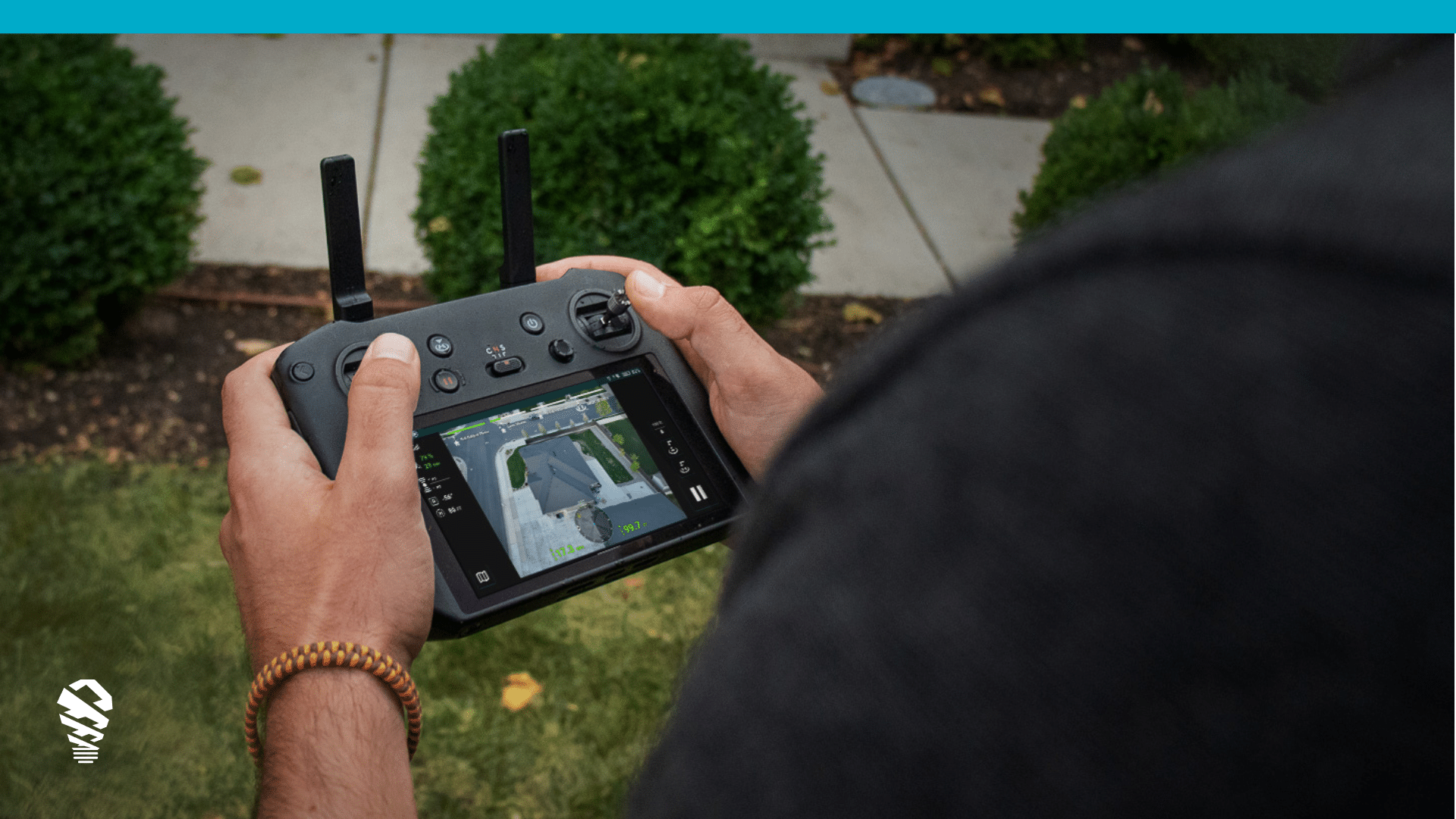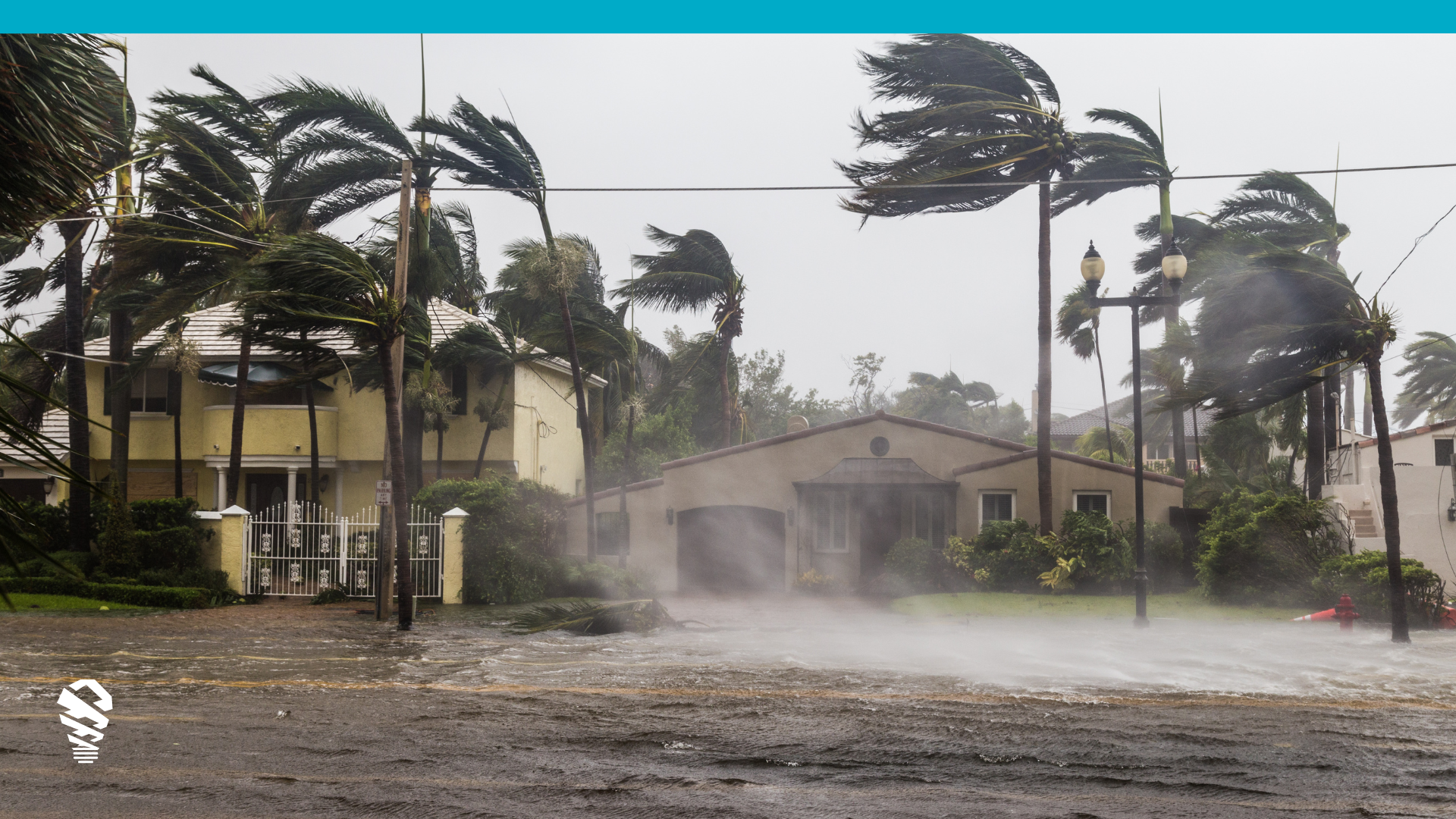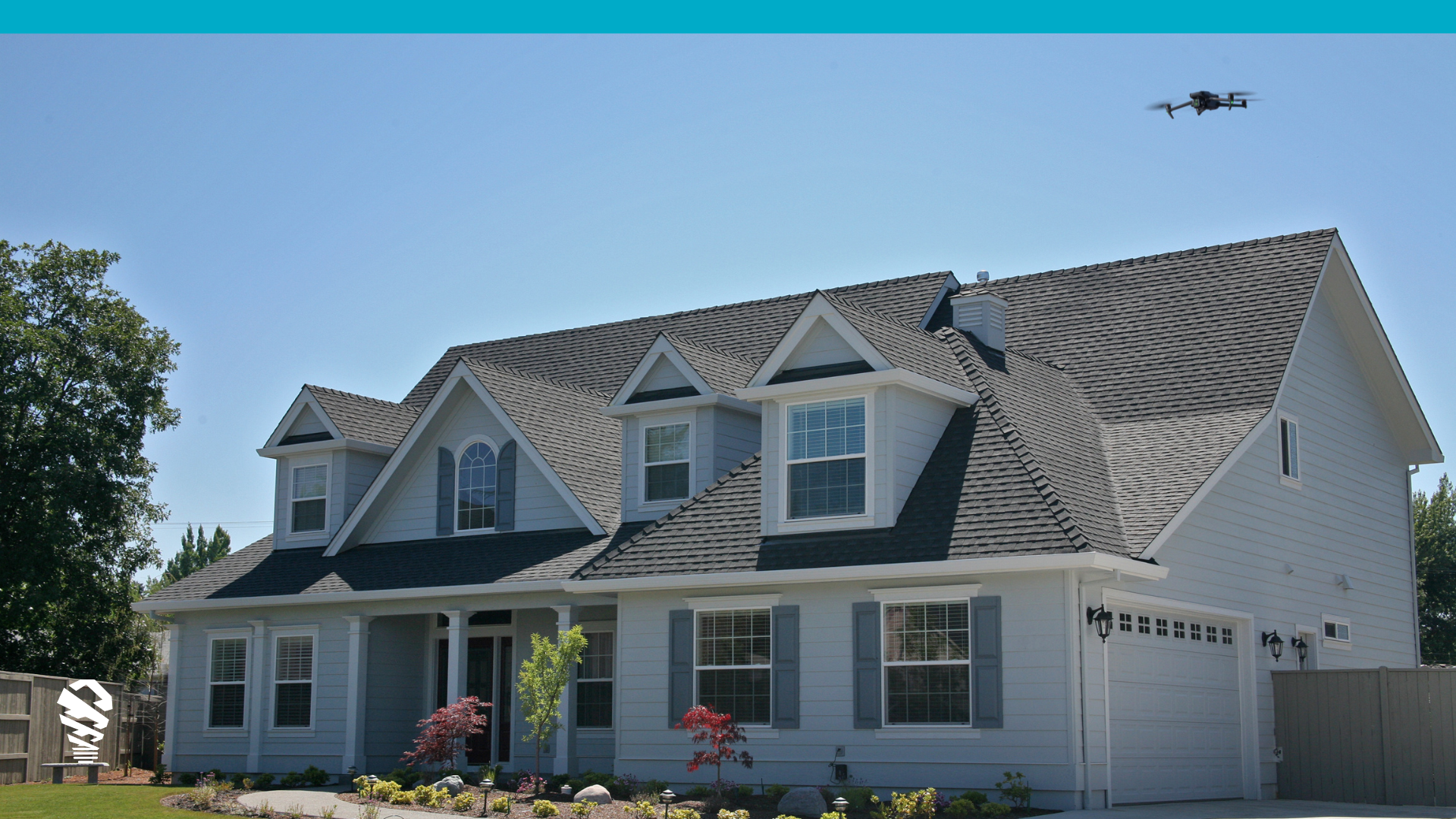“Are you guys drone pilots?”
We were packing our car for another day of flights in the Rockport and Port Aransas area. It was dark out, about 6:00 AM and Leif, our CTO and I were anxious to get on the road when we heard the voice behind us ask us if we were drone pilots. Leif and I exchanged a glance as we set our drone packs into the trunk of our car. Flying drones in a disaster area gets attention — some good and some not so good. We turned and greeted the man behind us. The hotel we were staying at was packed to the gills with contractors, insurance adjusters and other flexforce people that had come to the Houston area to help with post-Harvey cleanup. This man was clearly a part of this crowd. Hazard orange vest with hardhat in hand and clothes that had seen better days.
Leif extended his hand and with a smile said, “Yes, we’re drone pilots” and proceeded to have a brief conversation about what we were doing (it’s not difficult to get us talking about drones). After explaining we were helping out with property inspections, he quickly announced that he was “a ladder assist guy” inspecting roofs for $150 a pop. And then grinned widely as he announced he doesn’t spend more than 15 minutes at a property. A few more pleasantries were exchanged and we all went on with our business. Leif and I hopped on I-69 and were on our way.
What Can A 15-Minute Inspection Really Get?
As the sun rose to our east on the drive south out of Houston, Leif and I had the same thought: What were insurance carriers and home owners getting from a Ladder Assist guy that spent no more than 15 minutes onsite? Sure, small and simple gable roofs with obvious damage where all you do is set up a ladder—we could see doing a reasonable inspection on those in 15 minutes if you really rushed. But traditionally, ladder assist contractors are brought in for difficult and dangerous work—steep and high structures that require harnessing-in and highly specialized safety equipment. The structures themselves tend to be large and complex. And you can’t fully appreciate this unless you’ve been on one of these roofs for yourself. It takes skill and it takes guts.
Truthfully, I doubt even the most experienced inspectors for these jobs can have their gear on and ready in 15 minutes, let alone complete an inspection. We had to wonder: what quality of data can be gathered in 15 minutes when you’re required to climb on a roof? How thorough can it possibly be? What type of documentation is being provided to the adjuster to make a fair settlement? In any case, it was clear to us that CAT scenarios like Harvey force carriers to trade the quality of inspections for more volume and speed, but does it need to be that way?
How CAT Affects Cycle Times
Hurricanes and CAT events change the claims equation. Time becomes the adversary. Homeowners are literally living out of hotels until their claims are sorted out and restoration work finishes. Large carriers are contending with tens of thousands of claims with angry, frustrated policyholders desperately wanting to return to a sense of normalcy. Urgency goes through the roof and carriers marshal every resource available to them. They send in highly specialized CAT teams. They rally traditional adjusters from across the country. They bring in their tier one and tertiary third party adjusters. They bring in individual contractors. And they bring in ladder assist—not necessarily because the work requires the specialized skills of a so-called ladder assist inspector, but simply because there is so much work to be done in a short period.
New Challenges with New Solutions
It’s not difficult to see why quality and consistency become the exception rather than the rule for CAT. With the traditional approach of manually inspecting roofs after a catastrophe, good people doing their best often must resort to cutting corners and rushing their work for the sake of time. But with the rapid evolution of drone technology, much of this will change. While drones are practically limited to the exterior of a house (we don’t know a safe, reliable solution that can inspect the interior of a house—yet), they’re exceedingly well suited for it. They’re able to get a bird’s-eye view safely and consistently. With our solution, IMGING, we can get complete coverage of a roof and property in about 15 minutes. And IMGING doesn’t cut corners or sacrifice on quality to hold to that time. You get complete coverage in extremely high resolution every time. We can build a complete 3D model of the location, derive measurements, and ultimately give adjusters what they need to make a well-documented estimate to help their policyholders get life back to normal.
Flying for Better Consistency
We flew multiple properties that day—none of them involved a ladder or specialized gear beyond our drones. And with each home we flew I kept coming back to that same question—what are carriers and homeowners getting from a 15 minute ladder assist inspection? I still don’t know the answer, but with IMGING, I know what carriers and homeowners are getting every time: a consistent, thorough and highly-detailed report of the condition of a roof and property. Every time.







